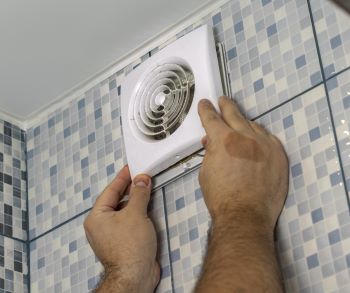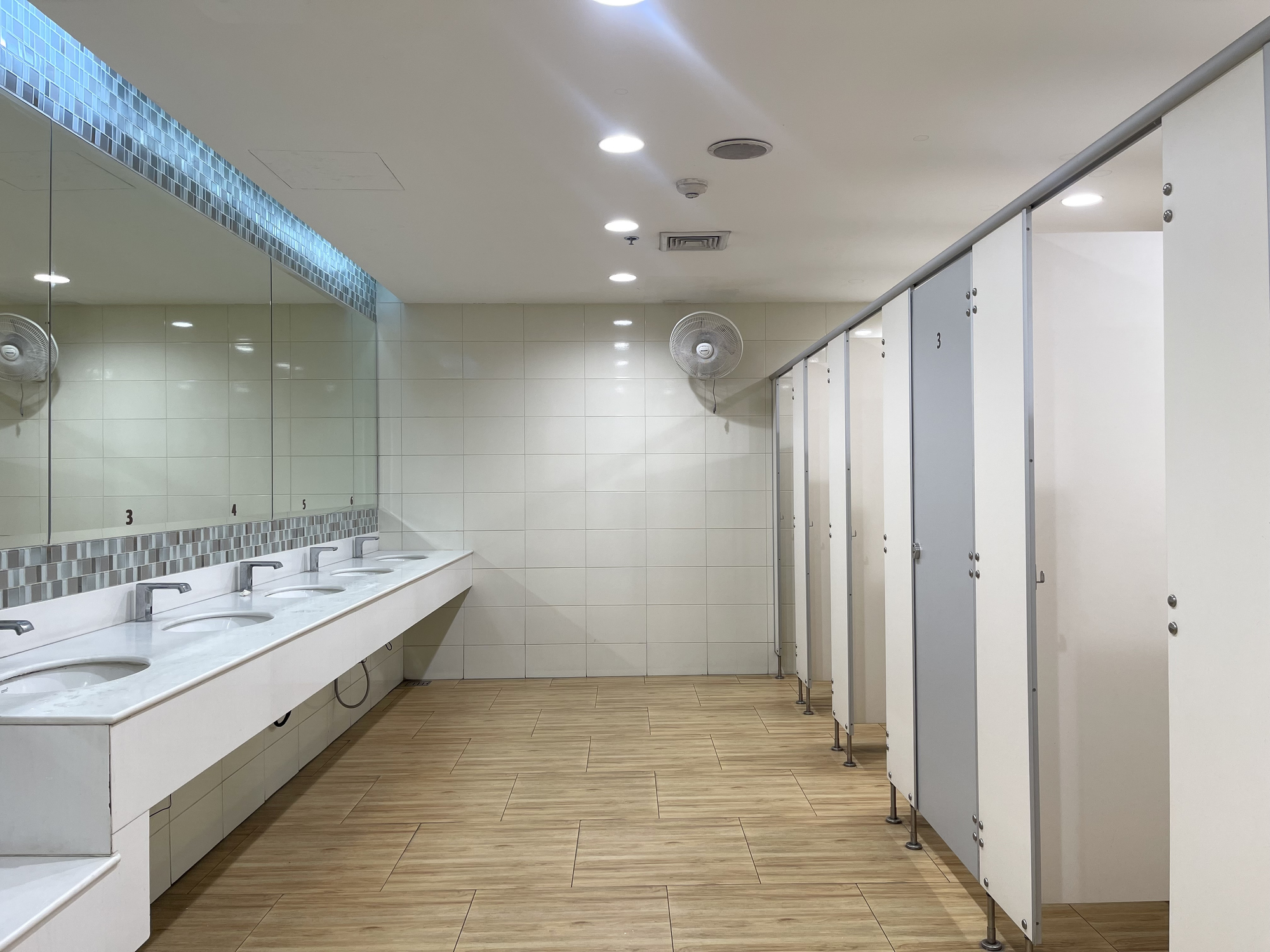Why Toilet Extract Ventilation Systems Need Regular Professional Cleaning – And How TR19 Air Protects You
When it comes to building maintenance, toilet extract ventilation systems are often forgotten. They sit quietly in the background, working away to remove stale air, odours, and excess moisture. But like any system that handles airborne contaminants, toilet extract ductwork can quickly become a hidden hygiene risk if not properly maintained.
The Role of Toilet Extract Ventilation Systems

In commercial buildings, schools, healthcare facilities, and public venues, toilet extract systems do more than keep the space smelling fresh:
- Odour control – Removing unpleasant smells at the source.
- Hygiene protection – Extracting airborne bacteria, viruses, and mould spores.
- Moisture management – Reducing humidity to prevent mould growth.
- Regulatory compliance – Meeting workplace health & safety standards.
Why Professional Cleaning is Non-Negotiable

Cleaning an extract system isn’t as simple as removing a grille and wiping it down. Toilet extract ductwork often runs through concealed spaces and is difficult to access without specialist tools and training. This is where professionally qualified ventilation hygiene engineers are essential:
- They understand TR19 Air – TR19 Air is the leading industry specification for ductwork hygiene, issued by the Building Engineering Services Association (BESA). It sets out the requirements for inspection, testing, and cleaning to ensure systems are safe, efficient, and hygienic.
- They use the right equipment – Professional engineers have rotary brushing systems, negative air machines, and high-powered vacuums to remove debris thoroughly and safely.
- They provide evidence – Certified engineers can produce conforming post-clean reports and hygiene certificates to demonstrate compliance.
Understanding TR19 Air
TR19 Air was developed to create a clear, measurable standard for ductwork cleaning. It covers:
- Pre-clean inspections – To assess contamination levels.
- Access point installation – Ensuring engineers can reach all parts of the duct.
- Cleaning methods – Approved techniques for thorough, safe removal of deposits.
- Post-clean verification – Using deposit thickness testing (DTT) to prove cleanliness.
For toilet extract systems, TR19 Air ensures you’re not just “cleaning what you can see” but maintaining the entire system to a certified specification.
How Often Should Toilet Extract Systems Be Cleaned?
While frequency depends on usage and contamination levels, many commercial settings require annual inspections and cleaning intervals based on TR19 Air testing results. High-use areas, like busy public restrooms, may need more frequent attention.
A toilet extract ventilation system is an invisible guardian of hygiene. But without regular cleaning by professionally qualified engineers, it can turn from an asset into a liability. Following the TR19 Air specification ensures your system remains safe, efficient, and compliant – protecting the health of building occupants and the reputation of your business.
So, if it’s been more than a year since your last inspection, now is the time to act.
www.swiftclean.co.uk




